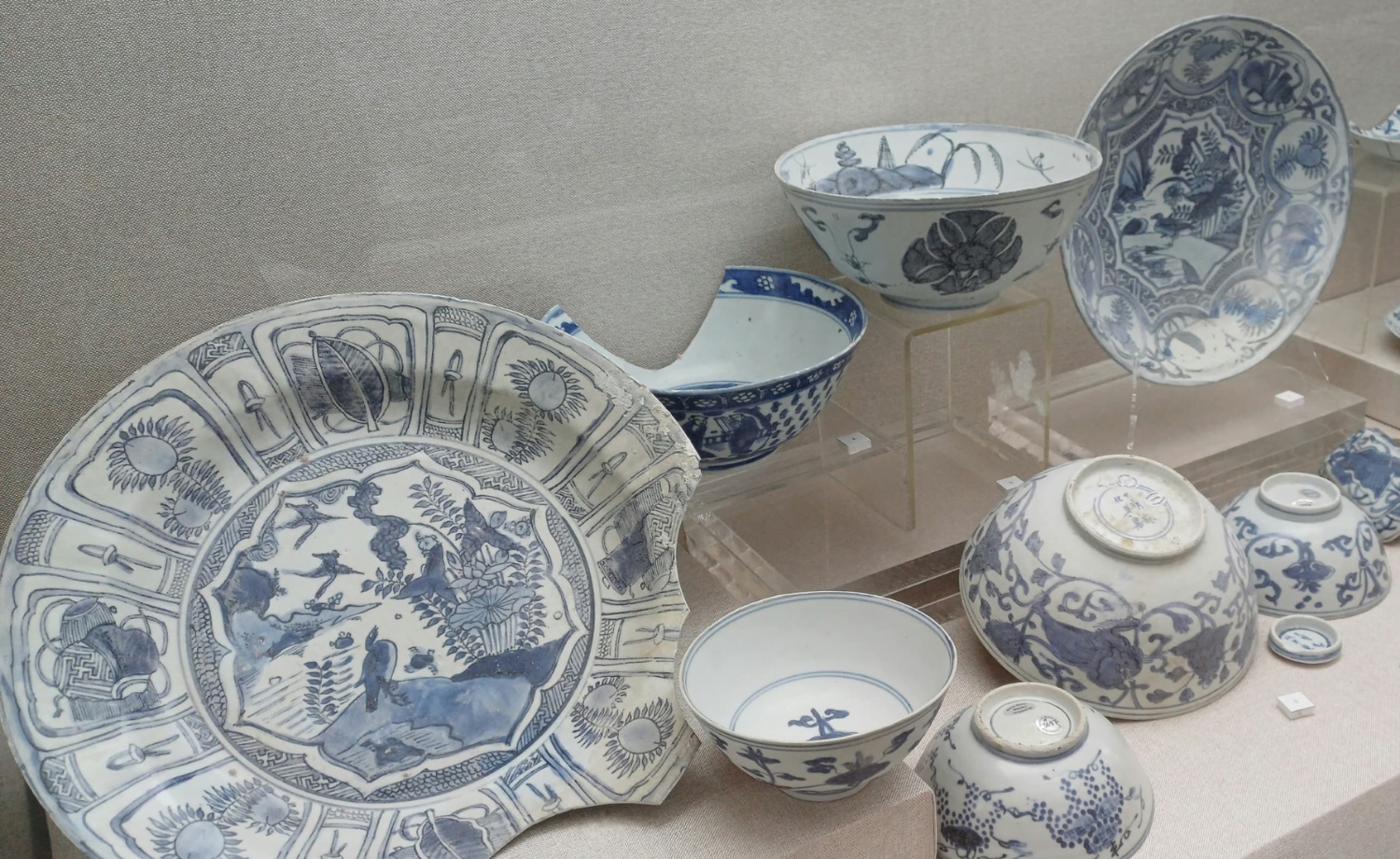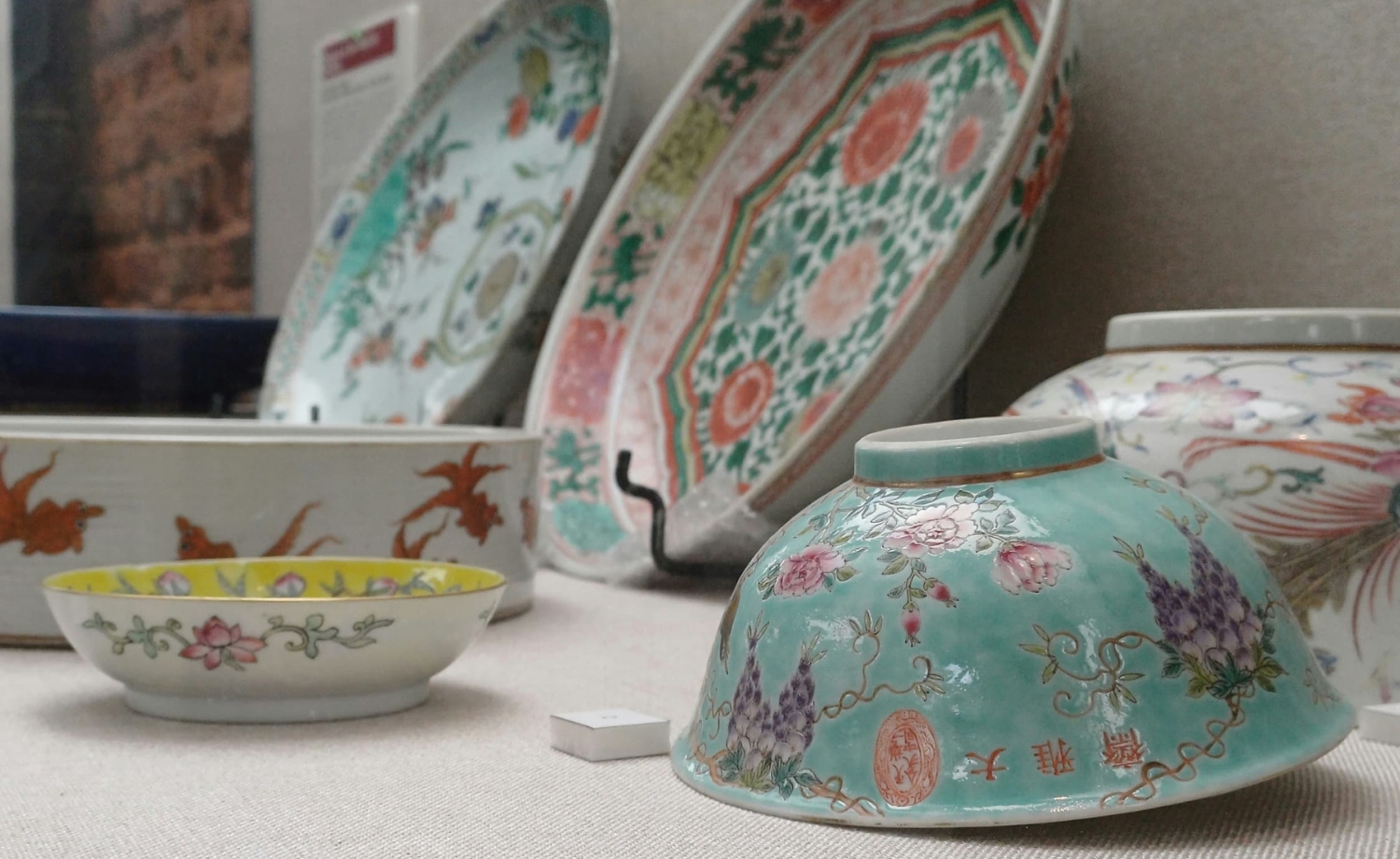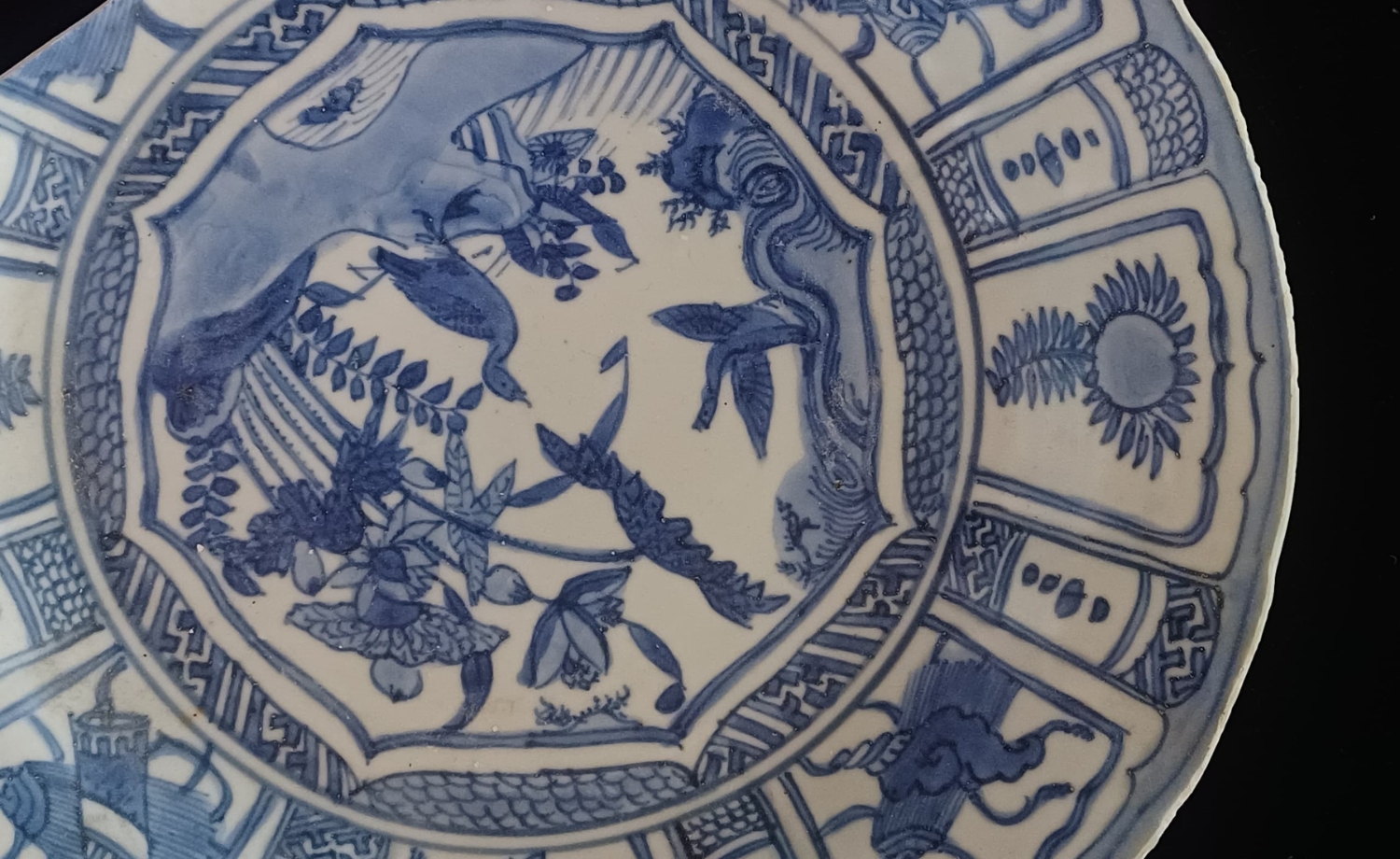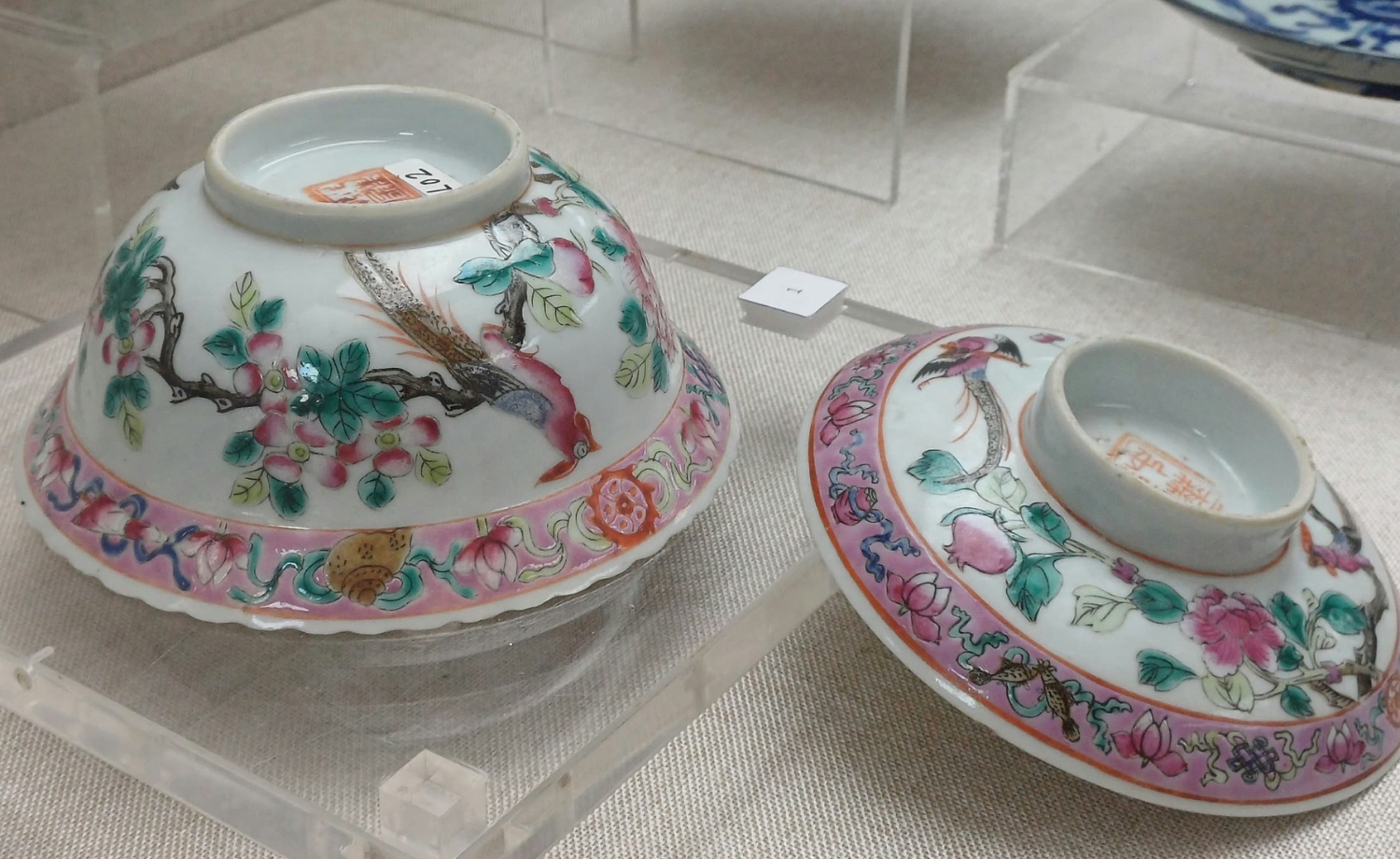
The Straits and Oriental Museum is strategically located in the heart of George Town, Penang; a state known for its cultural legacy, outstanding architectural treasures and a historical reservoir that continues to captivate visitors and scholars alike.
George Town, also a UNESCO World Heritage Site, represents centuries of trade and a fusion of cultural and colonial influences, where the convergence of Eastern and Western traditions creates a distinct cultural identity. Among the state’s most esteemed cultural treasures is the Straits and Oriental Museum, which is a must-visit destination. This fascinating museum is designed to take visitors on an interactive journey through Penang's maritime past as well as the region's rich, interconnected histories.

It is the first private museum to exhibit an extraordinary collection of ceramics and porcelain pieces ranging from the Han Dynasty to the Qing Dynasty as well as the Republic of China. It also includes artefacts from shipwrecks discovered in the South China Sea, which shed light on Penang's rich maritime past. Among the highlights are the Ming blue-and-white porcelain and Kraak porcelain, which were mass-produced and shipped worldwide, particularly to Europe. The museum also exhibits remains from historical shipwrecks such as the Wanli, Royal Nanhai and Desaru wrecks.
On the second floor of the museum is the Ming Art Gallery, a dedicated space, which from time to time, showcases an ever-evolving array of artworks by local artists, providing a platform for creative expression while offering visitors the opportunity to appreciate contemporary art within the context of Penang’s rich cultural landscape.

The Ming Dynasty white-and-blue porcelains were meticulously recovered from the depths of the Wanli shipwrecks, representing a remarkable collection of artefacts that not only exemplify the exquisite craftsmanship of the period but also offer a tangible connection to the extensive maritime trade routes that flourished between China and the rest of the world during that era.

The Qing Dynasty Dayazhai porcelains, renowned for their intricate designs and superior craftsmanship, were produced specifically for the personal use of the influential Empress Dowager Cixi (1835–1908). These exquisite pieces reflect the opulence and grandeur of the imperial court, serving as a testament to the artistic and cultural refinement that flourished under Cixi's reign during one of the most pivotal periods in Chinese history.

The white-and-blue porcelains, also known as Kraak porcelains, were highly valued as luxury goods in the 16th century, acclaimed for their intricate patterns and brilliant colours. Their superb craftsmanship and aesthetics not only made them sought-after products among the elite, but they also played an important role in the blossoming of trade between Asia and Europe, symbolising the cultural exchange that defined this fascinating era.

Frequently spotted adorned on Peranakan porcelains, the phoenix is a potent symbol of status and familial identity within this rich cultural tradition. This elegant depiction not only reflects the artistic prowess of the artisans who created these exquisite pieces, but also signifies the importance of lineage and heritage in Peranakan society, where the imagery of the phoenix embodies rebirth, prosperity and the continuity of family legacy.
The Straits and Oriental Museum is conveniently located at the intersection of Stewart Lane and Chulia Lane, situated just behind the Temple of the Goddess of Mercy.
Buy Bus:
Visitors can take the Penang Rapid Bus routes 101, 202, 201, or 206 and alight at the Love Lane Station. From there, it is a short walk along Chulia Lane to the museum. Alternatively, passengers can board the Penang Rapid Bus 502 and disembark at Padang SMK Convent, then proceed through Love Lane, turning left onto Stewart Lane at the junction.
Parking Area:
Public parking facilities are readily available around the museum, with a fee from RM 0.80 per hour to RM 6 for a full day.